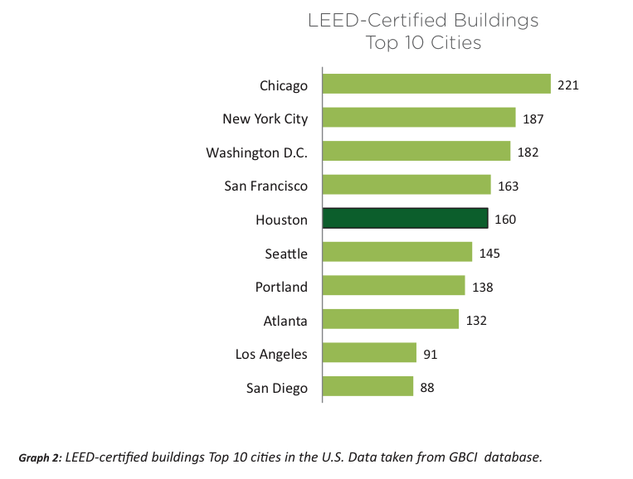|
Like the quality of a Green Tech home? Check out our social media accounts for some design inspiration, as well as tips and tricks for simple updates to increase the value of your home.
We're inspired by so many things in the world, including different cultures, pieces of art, and even experiences. We've posted photos of our own design features, but there are also other photos to inspire your creativity. 'Like' our page or hit 'follow' to show your support and learn more about what sets a Green Tech Houses home apart from the rest. Click below to connect!
0 Comments
LEED, or Leadership in Energy and Environmental Design, is changing the way we think about how buildings and communities are planned, constructed, maintained and operated. Leaders around the world have made LEED the most widely used third-party verification for green buildings, with around 1.85 million square feet being certified daily. LEED works for all buildings—from homes to corporate headquarters—at all phases of development. Projects pursuing LEED certification earn points across several areas that address sustainability issues. Based on the number of points achieved, a project then receives one of four LEED rating levels: Certified, Silver, Gold and Platinum. You don't have to achieve a certification to apply LEED features to your home. LEED-certified buildings are resource efficient, use less water and energy, and reduce greenhouse gas emissions. As an added bonus, they save money. Why Is It Important? With global warming and other environmental issues emphasized in politics, media, global organizations, and among communities, the trend towards more eco-friendly, energy-saving homes and buildings is rising rapidly. This concept is changing the real estate industry! LEED-certified buildings are designed to:
How Is LEED Measured? The five categories include Sustainable Sites (SS), Water Efficiency (WE), Energy and Atmosphere (EA), Materials and Resources (MR) and Indoor Environmental Quality (IEQ). An additional category, Innovation in Design (ID), addresses sustainable building expertise as well as design measures not covered under the five environmental categories. The number of points the project earns determines the level of LEED Certification the project receives. LEED certification is available in four progressive levels according to the following scale: There are 100 base points; 6 possible Innovation in Design and 4 Regional Priority points.
Did you know Houston ranks 5th in overall number of LEED projects certified? The Vincent House, built in 1926, achieved Platinum certification, the highest certification in LEED.
|
ArchivesCategories |


 RSS Feed
RSS Feed